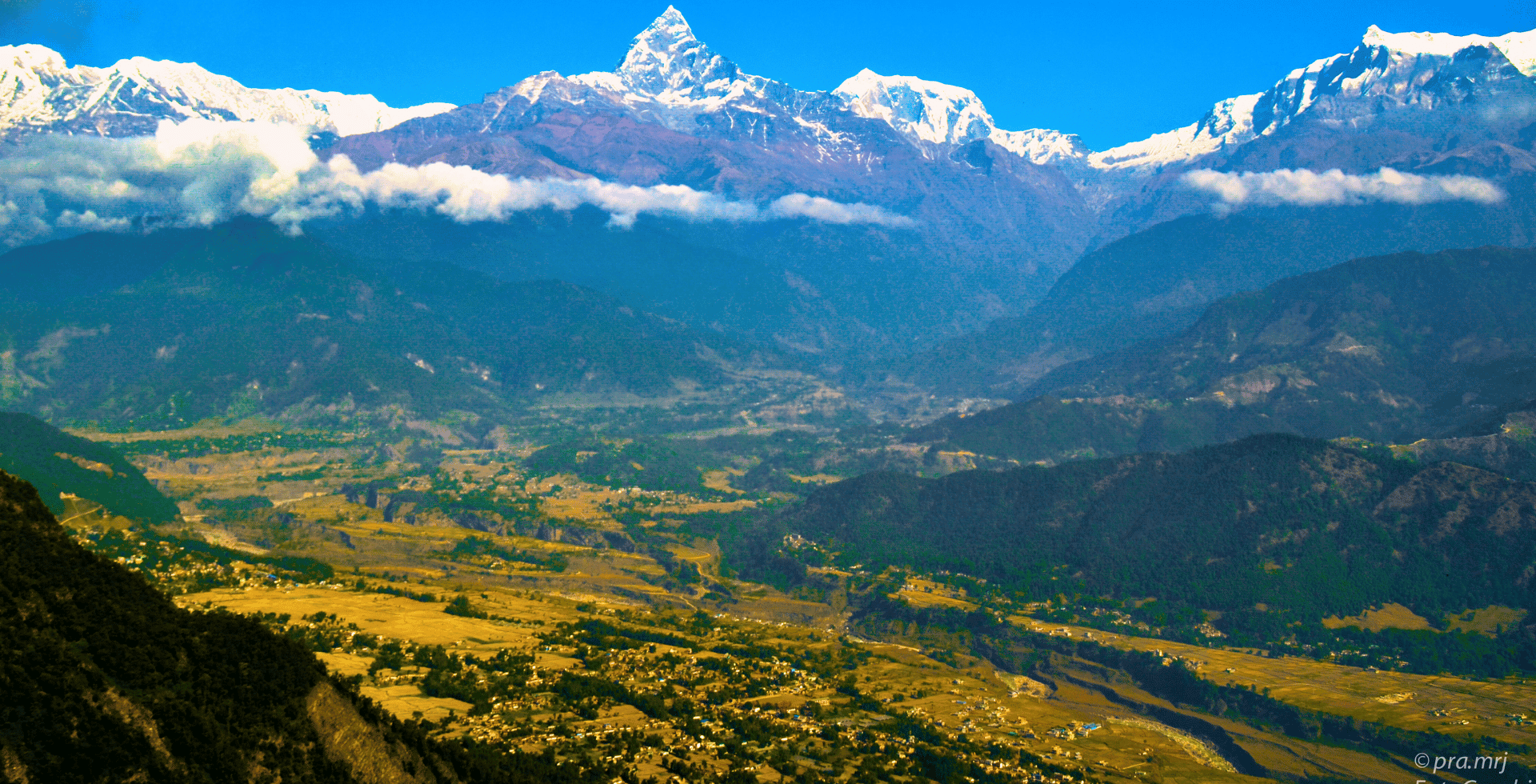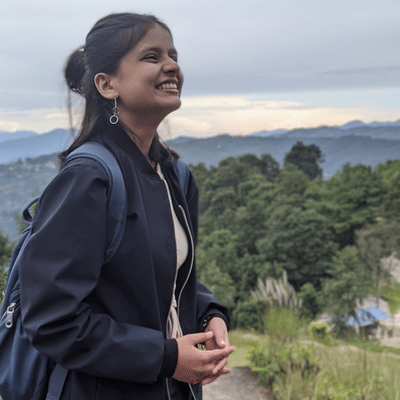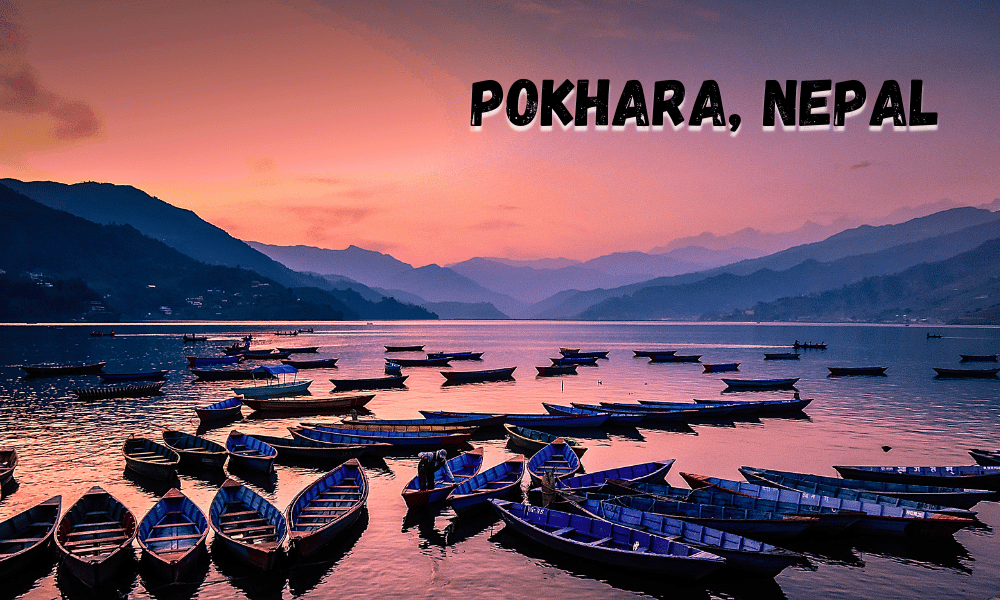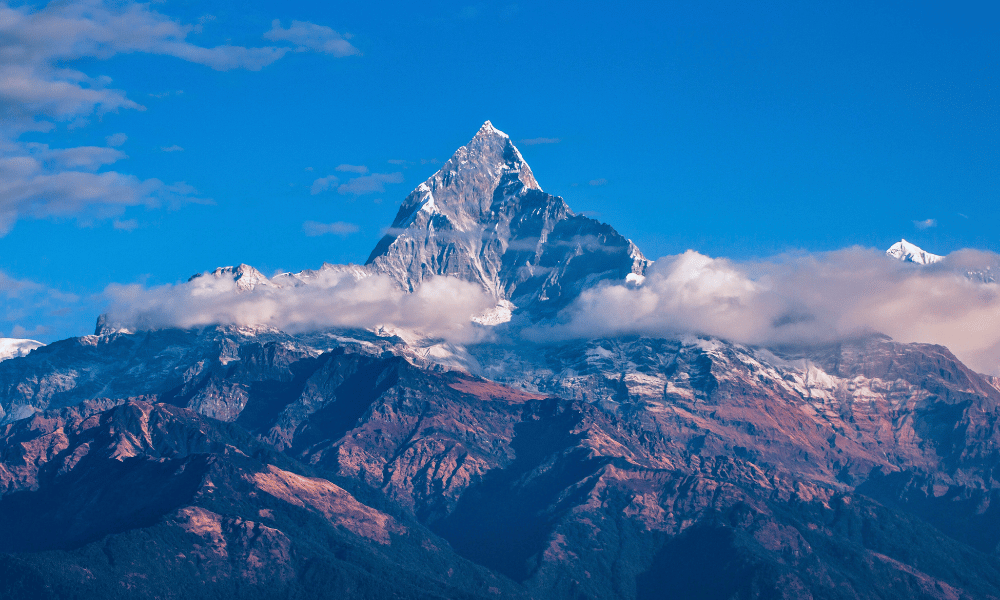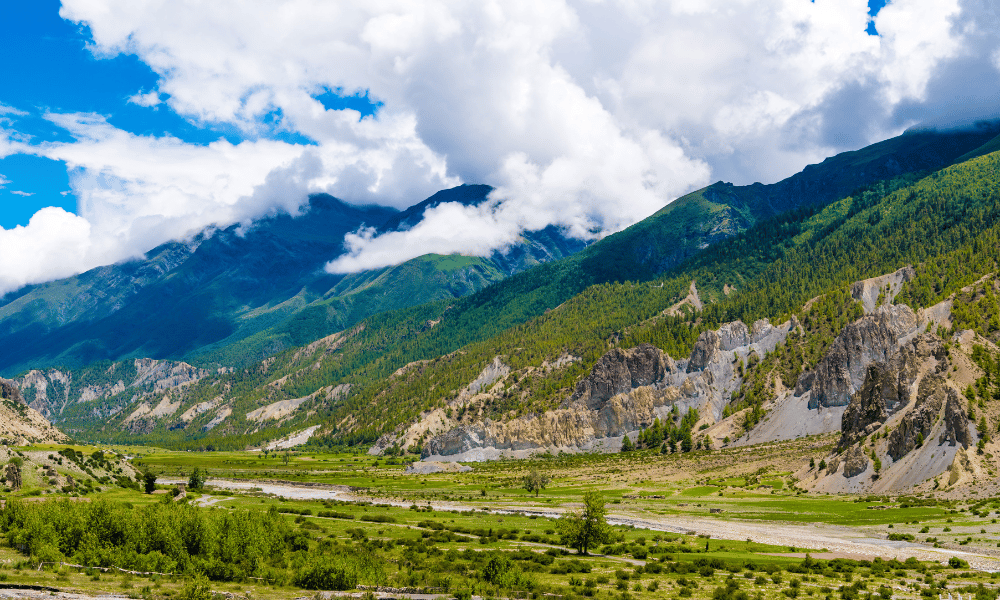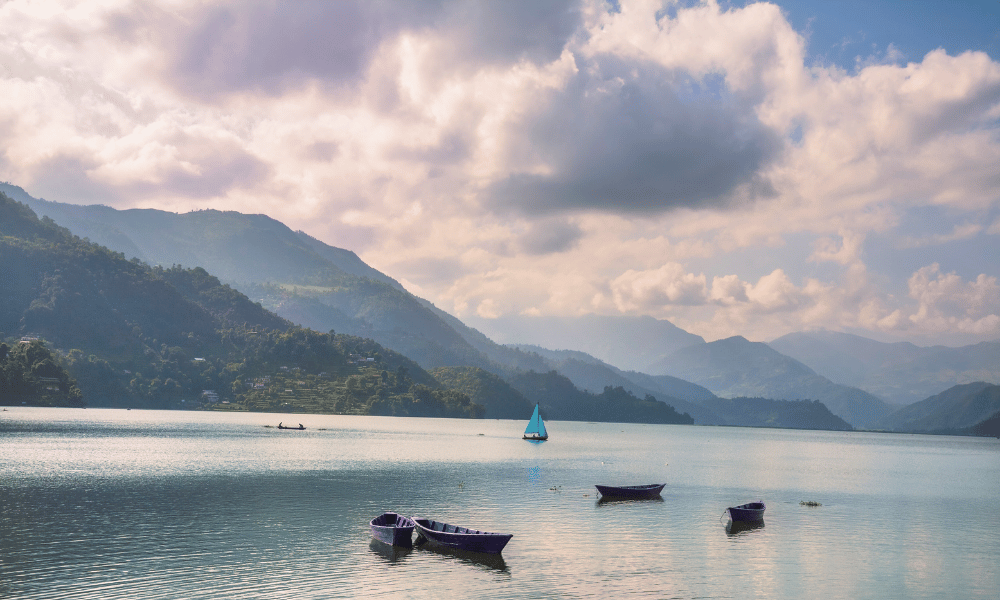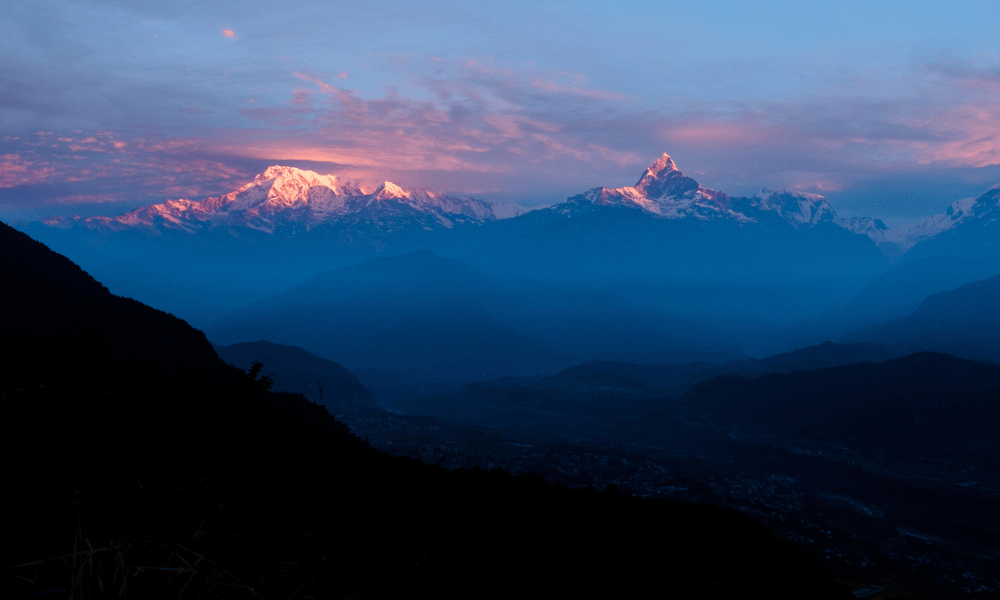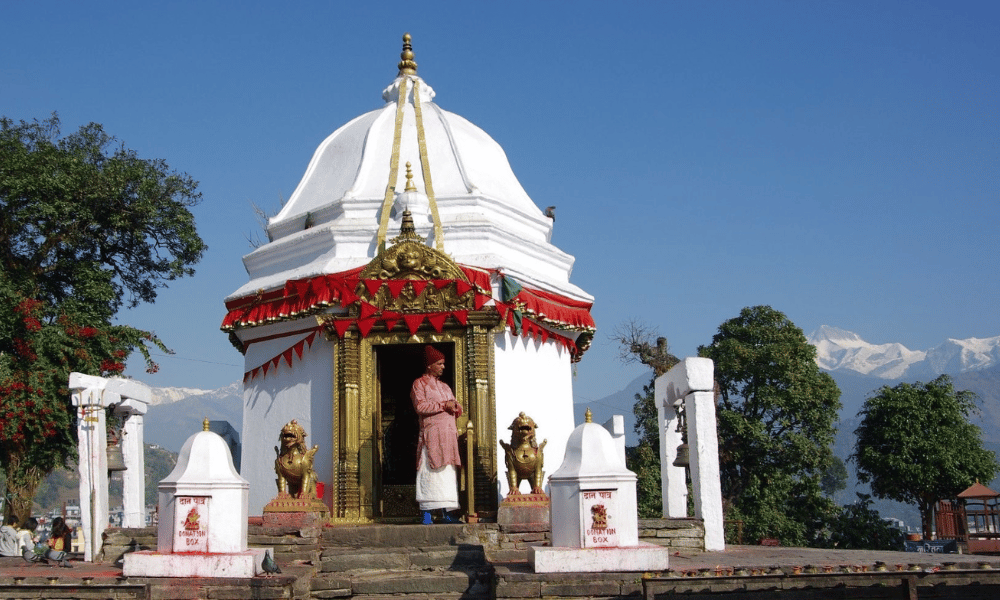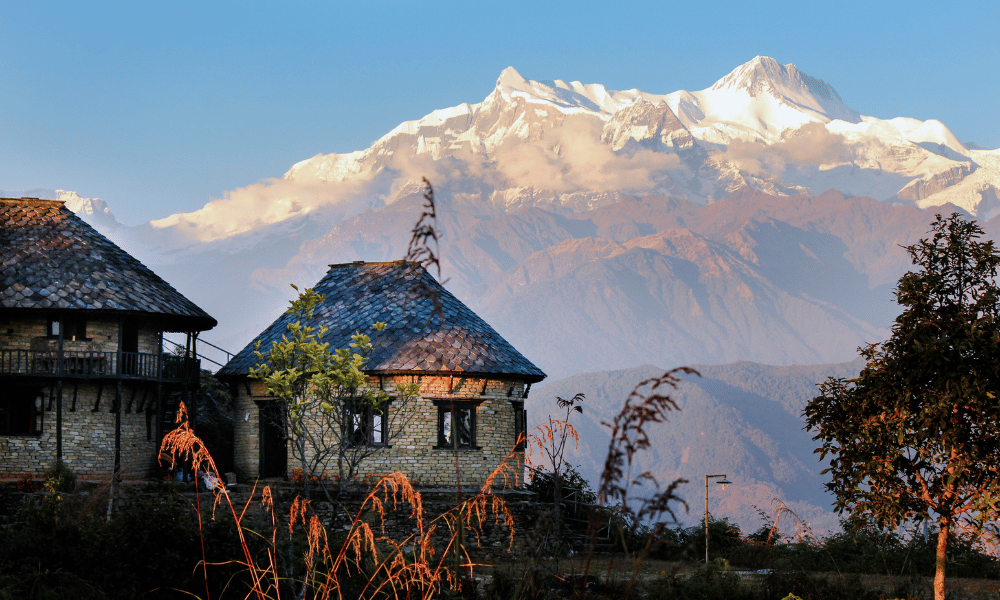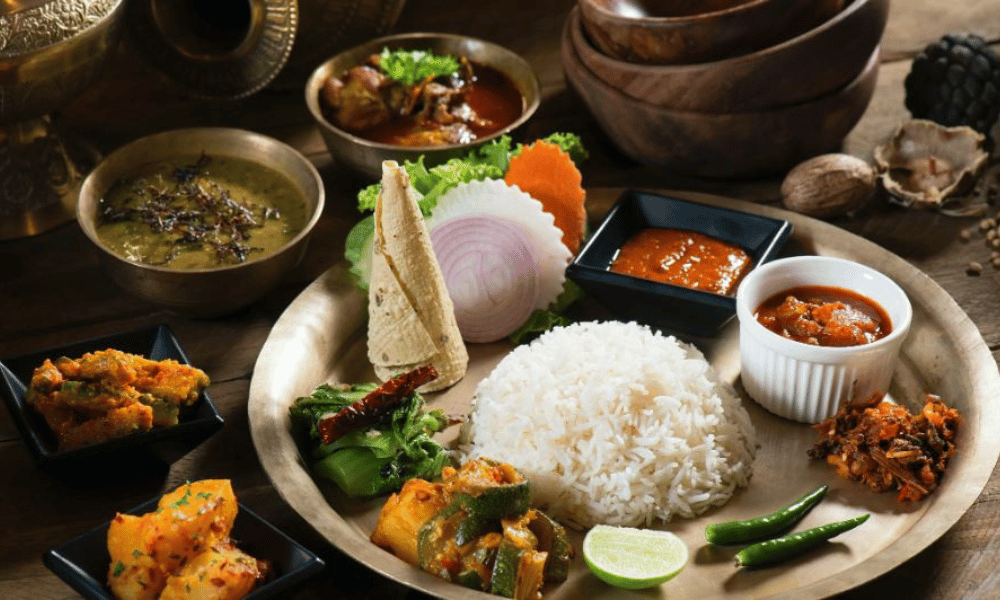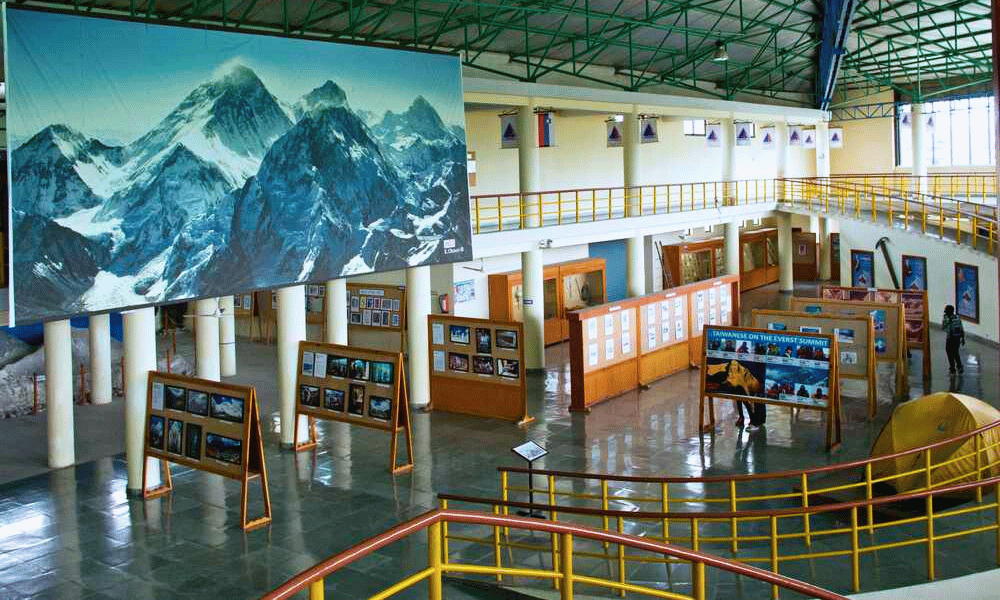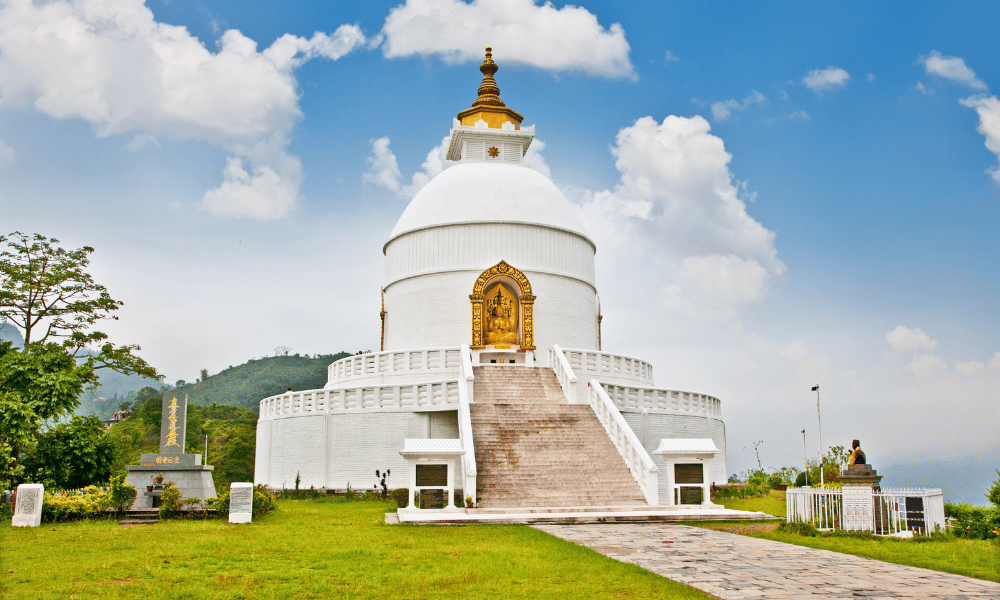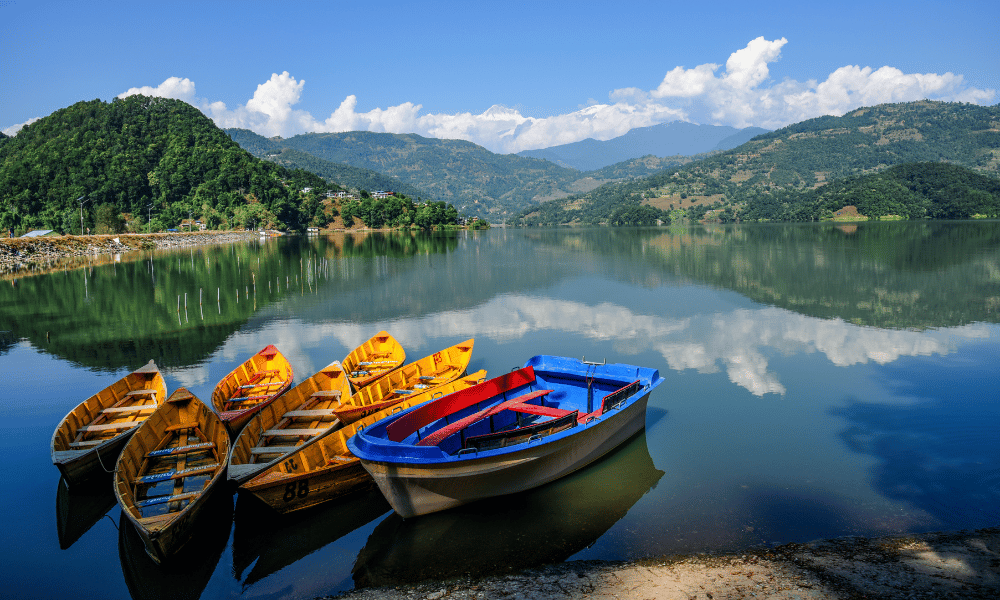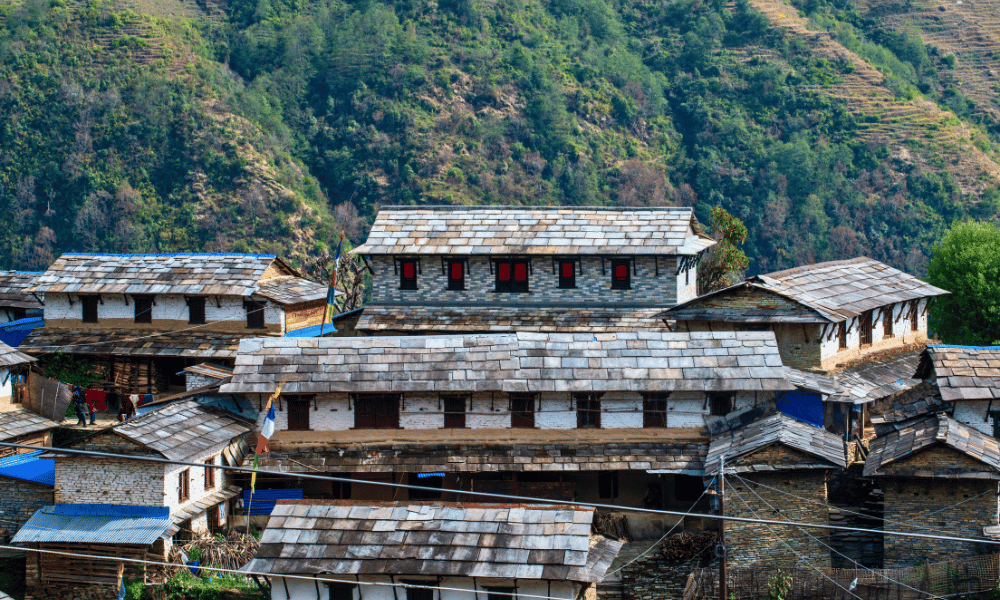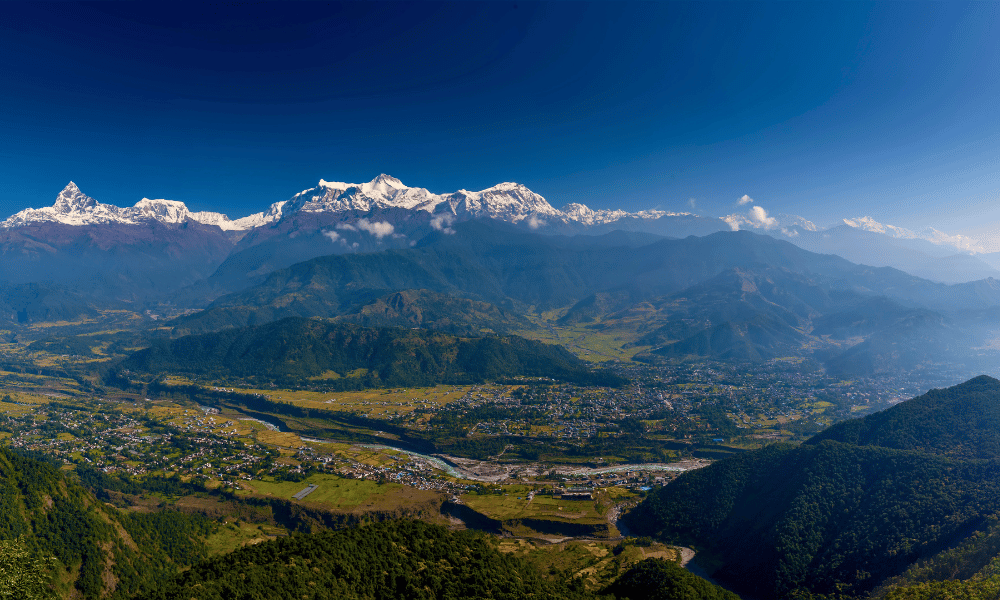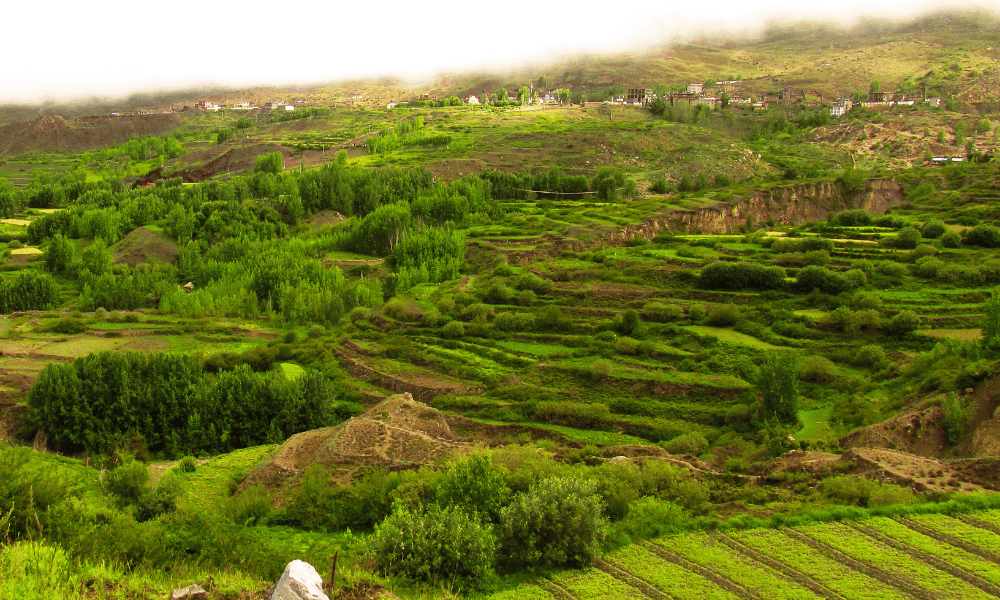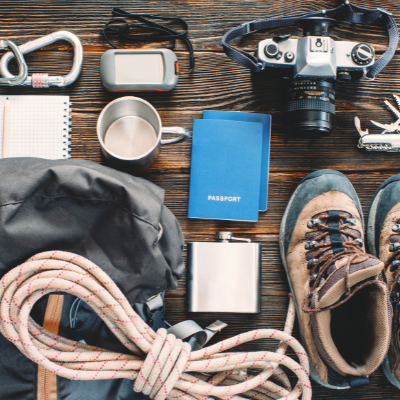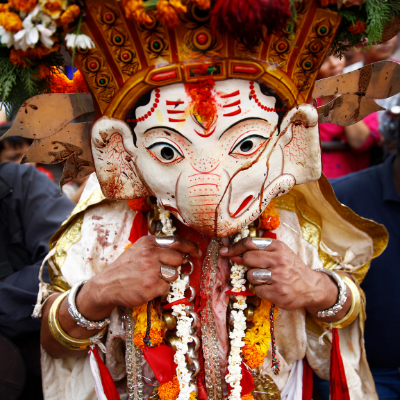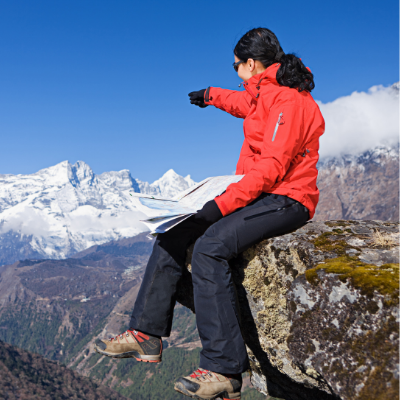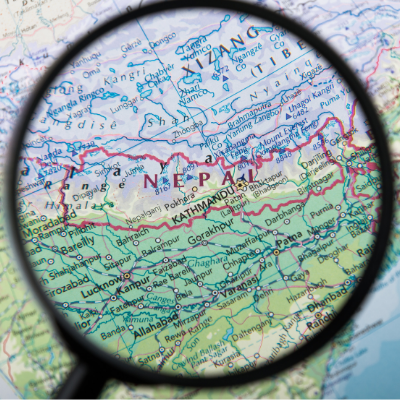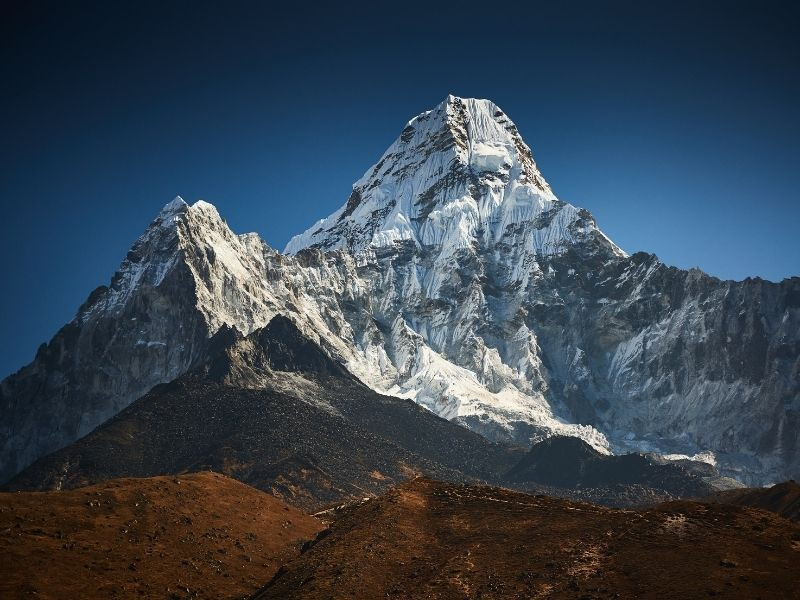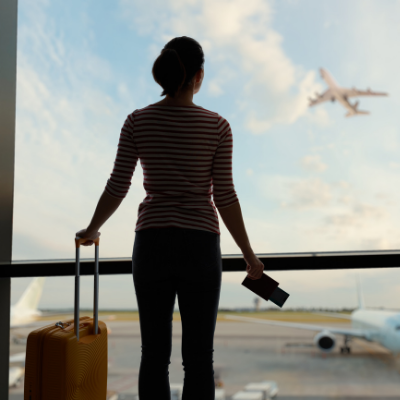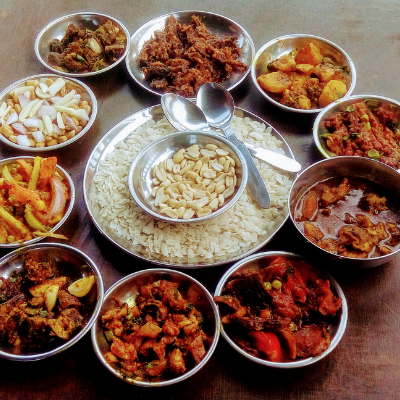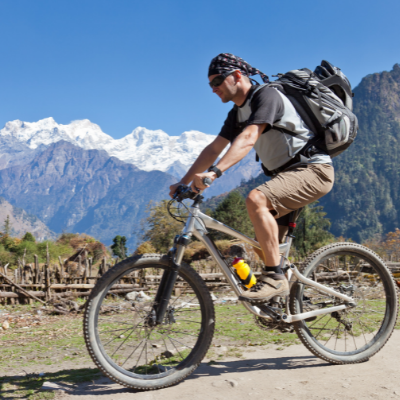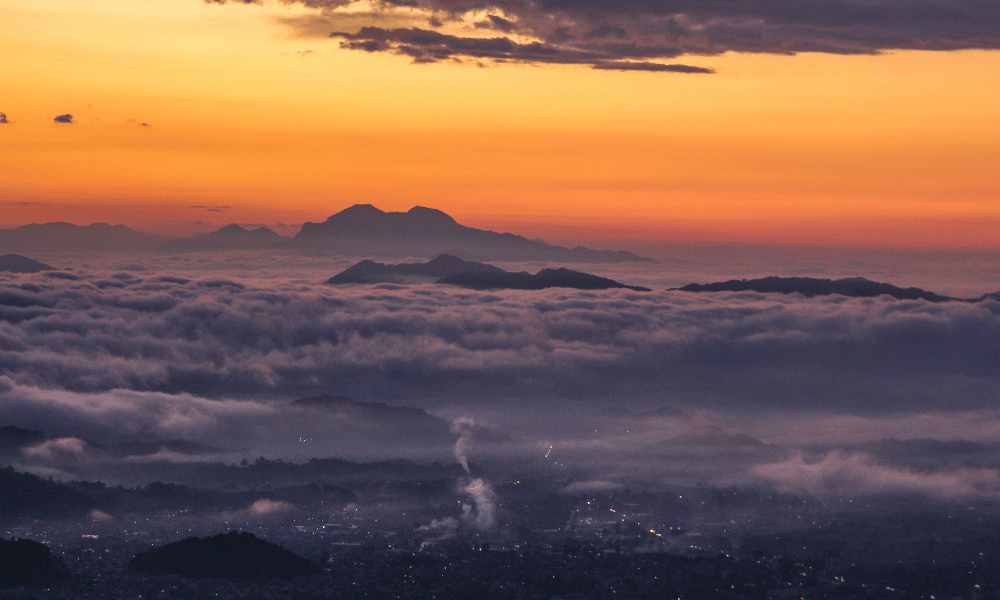
Pokhara's natural wonders extend beyond its picturesque landscapes to an array of thrilling outdoor activities that entice adventure seekers from far and wide. Whether trekking through the Himalayan wilderness or soaring high above the valley, Pokhara offers a playground for every nature enthusiast. Let's dive into the exhilarating outdoor adventures that await in this captivating city:
-
Trekking in the Annapurna Region:
Pokhara is the entry point to the renowned Annapurna Conservation Area, making it a haven for trekkers looking for a real Himalayan experience. The region has a vast network of hiking paths that cater to all skill levels, from easy climbs to difficult adventures. The Annapurna Base Camp Trek is one of the most popular, taking travelers through terraced farms, lush woods, and traditional mountain settlements before arriving at the base camp, where exquisite scenery of the towering the peaks awaits. The walk to Annapurna Base Camp provides trekkers with a profound connection with nature, as they experience the changing vistas and different flora and wildlife that survive in this pristine environment.
Other well-known treks include the Ghorepani Poon Hill trek, which offers stunning sunrise views of the Annapurna and Dhaulagiri ranges, the Upper Mustang trek, which takes you through a remote and culturally rich region filled with ancient caves and monasteries, and the Annapurna Circuit trek, which circumnavigates the entire Annapurna massif. Each journey has its charm, from magnificent scenery to cultural exchanges with the friendly residents who live in mountain communities.
-
Paragliding and Zip-lining Adventures:
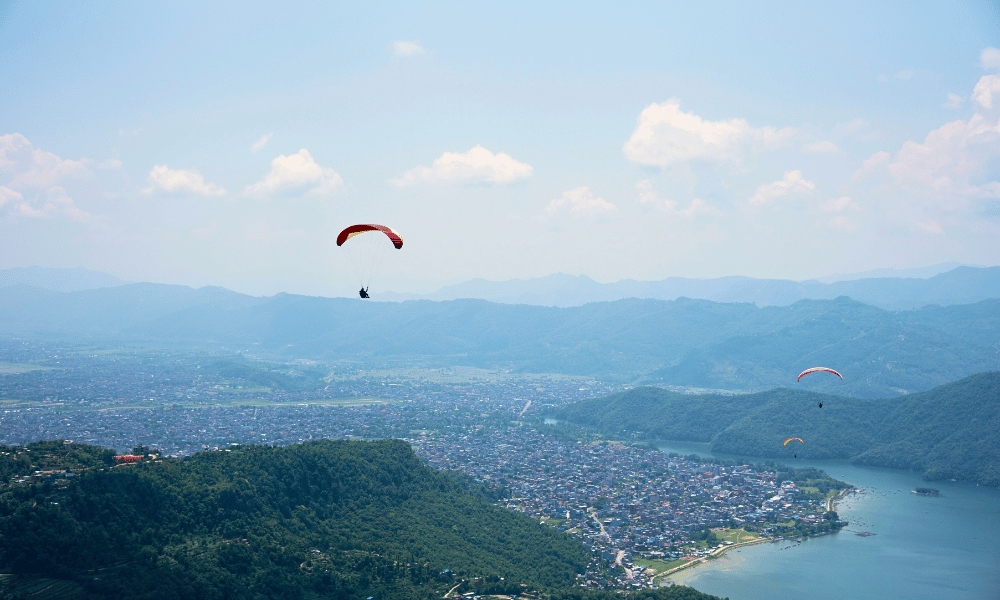
For thrill-seekers, Pokhara is synonymous with paragliding, offering an exhilarating opportunity to soar above the valley and admire the breathtaking scenery from an entirely different perspective. Taking off from Sarangkot or other vantage points, paragliders can glide through the crisp mountain air, feeling a sense of freedom as they embrace the vastness of the Himalayas below. The tandem flights, guided by experienced pilots, allow even first-time paragliders to experience the joy of flying. As you glide through the sky like a bird, the majestic peaks, serene lakes, and terraced fields unfold below, creating an unforgettable experience that evokes a feeling of pure exhilaration.
Another adrenaline-pumping adventure awaits in the form of zip-lining, where participants zip across deep valleys, feeling the rush of wind against their faces as they traverse the thrilling wire. The zip-lining experience in Pokhara is one of the steepest and longest in the world, offering an unmatched sense of excitement and adventure. As you zoom across the stunning landscape, the panoramic views of the lush forests, cascading waterfalls, and distant Himalayan peaks will take your breath away.
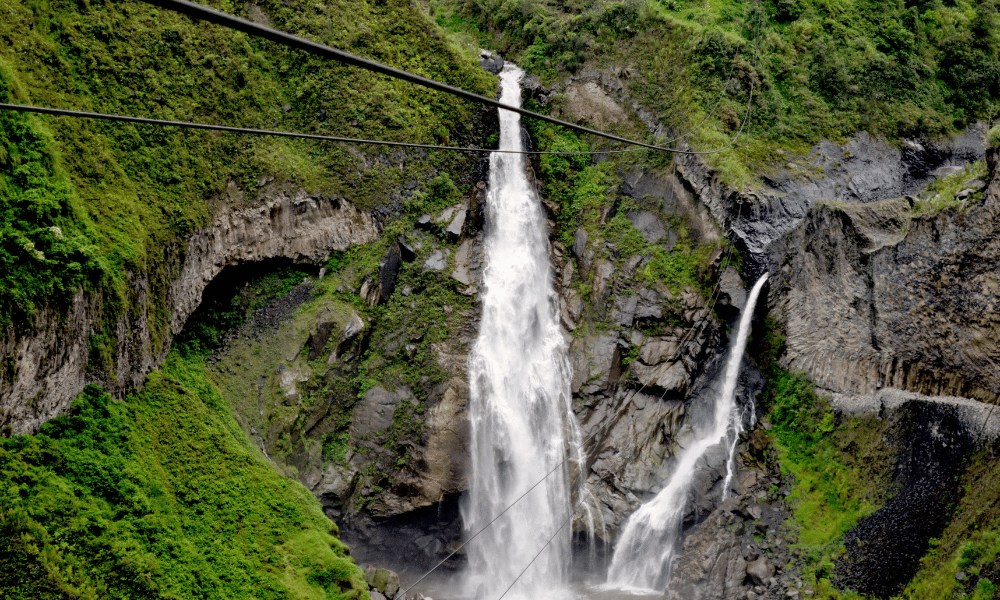
-
Hot Air Ballooning in Pokhara
With snow-capped peaks and undulating hills as far as the eye can reach, the aerial view in a comfortable wicker basket is nothing short of a work of art. Looking down, you'll be able to see beautiful lakes, emerald-green mountains, meandering rivers, charming towns, and lively regional farmlands. The calmness and peace of the skies provide a totally special viewpoint of Pokhara's natural beauty.
Hot air balloon in Pokhara allows you to see the unmatched beauty of the Pokhara Valley as well as the stunning Himalayan landscape. As you gently float overhead, the ride offers a bird's-eye perspective of this gorgeous city, revealing its hidden beauties. The ethereal landscape below opens up as you go to heights of up to 1000 feet, revealing Phewa Lake sparkling like a gem in the middle of the city's vivid tapestry. Each flight offers a distinct launch spot, either from Dhampus or Laurukh, depending on the weather, and is painstakingly created to capture the essence of Pokhara's charm.
-
Boating and Kayaking on Phewa Lake:
Phewa Lake, with its calm waters mirroring the surrounding peaks, is ideal for a leisurely boating trip. Visitors can enjoy the quiet environment, magnificent sights of the Annapurna range, and the lush forests that enclose the lake aboard a rowboat or a colorful paddleboat. The lake presents a breathtaking sight as the sun sets behind the mountains, where the sky and water combine in a harmony of colors, offering an exquisite setting for an evening boat trip.
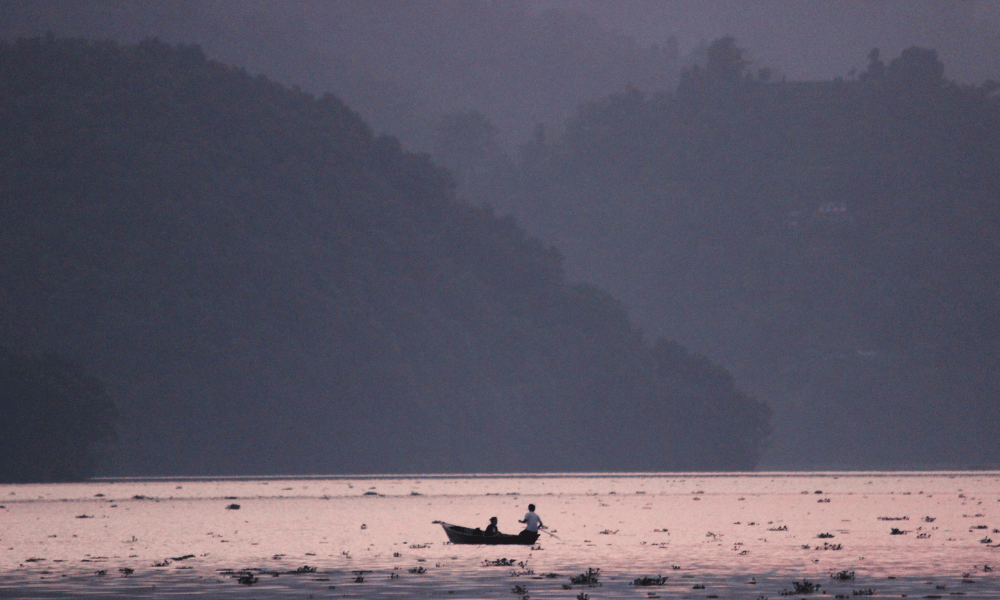
Kayaking on Phewa Lake enhances the experience by allowing tourists to kayak closer to the lakeshore and explore the hidden corners of this gorgeous piece of water. Kayaking gives water sports lovers with an intimate connection to the lake's splendor while enjoying the invigorating mountain air. You may come across local fishermen in traditional boats or colorful birds that frequent the lake's beaches as you explore the quiet waters.
-
Sunrise and Sunset Hikes:
Nature's most magical moments, sunrise, and sunset take on an entirely new meaning in Pokhara. Hiking to strategic viewpoints like Sarangkot, Poon Hill, or the World Peace Pagoda offers unforgettable vistas of the sun ascending or descending behind the Himalayan peaks. Each sunrise bathes the mountains in a soft golden glow, creating an ethereal atmosphere that fills the heart with awe and gratitude. As the sun sets over the horizon, the mountains and the valley below are bathed in a warm orange hue, creating a breathtaking panorama that leaves an indelible mark on the soul.
-
White Water Rafting
For those seeking an adrenaline rush on the water, Pokhara's proximity to rivers like the Seti, Trishuli, and Kali Gandaki make it an excellent destination for white water rafting. Rafting through the foaming rapids amidst the stunning scenery of the river gorges adds a thrilling element to any adventurer's journey. Novices and experienced rafters alike can join guided tours that offer a blend of excitement and natural beauty as they navigate the river's twists and turns. The Trishuli River, in particular, is a popular choice for rafting, offering a mix of exhilarating rapids and calmer stretches, making it suitable for both beginners and experienced rafters.
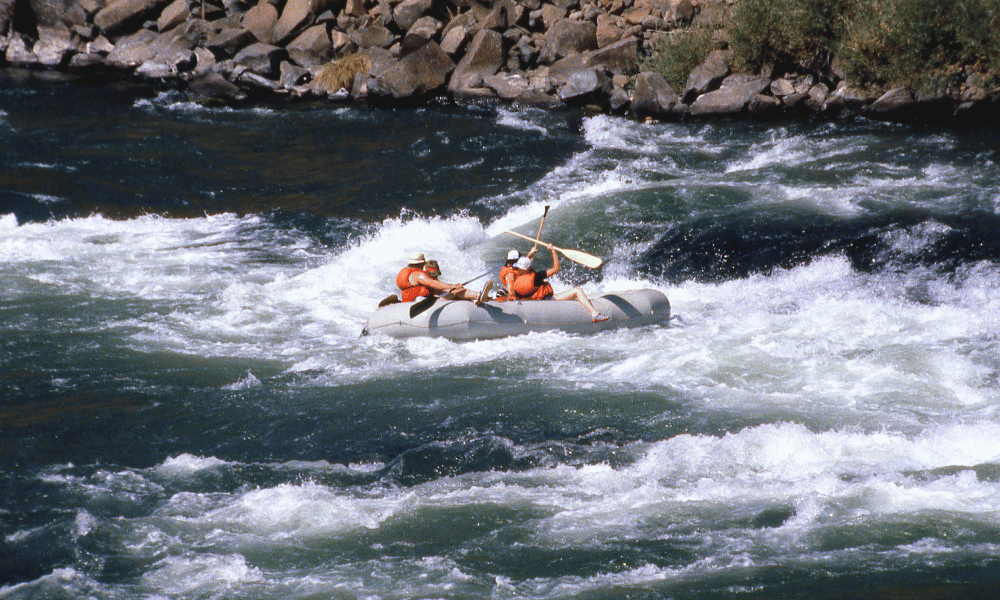
-
Bungee Jumping and Ultralight Flights
For the ultimate adrenaline rush, bungee jumping in Pokhara is an experience like no other. The bungee jumping site near the Tibetan Bridge offers an adrenaline-pumping leap from a suspension bridge over the Bhote Koshi River. As you dive into the abyss, the rush of free-falling and rebounding sensation leaves you with an unparalleled feeling of excitement and triumph.
Ultralight flights provide an extraordinary aerial adventure for a bird's-eye view of Pokhara and its surrounding wonders. Ultralight aircraft, open to the elements, take passengers on a breathtaking flight, soaring above the lakes, mountains, and picturesque landscapes below. This unique flying experience allows you to embrace the grandeur of the Himalayas from a privileged perspective.
As you embark on these thrilling outdoor adventures in Pokhara, the city's boundless natural beauty becomes your playground, leaving you with memories that evoke a sense of awe and exhilaration. Whether conquering the heights of the Himalayas or navigating the tranquil waters of Phewa Lake, Pokhara offers an array of outdoor activities that will ignite your spirit of exploration and keep you coming back for more. So, embrace the adventure and immerse yourself in the wonders of this enchanting city that never fails to enthrall its visitors.



